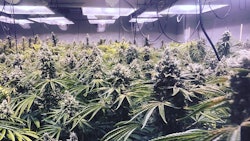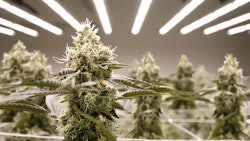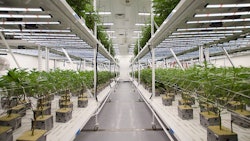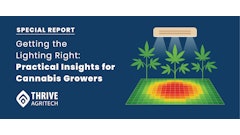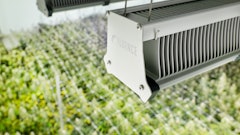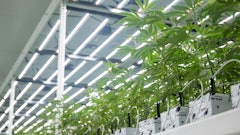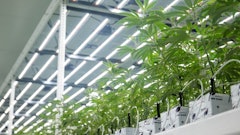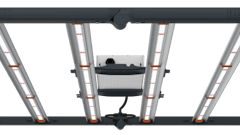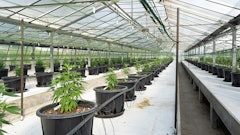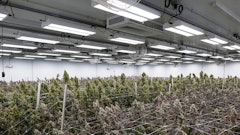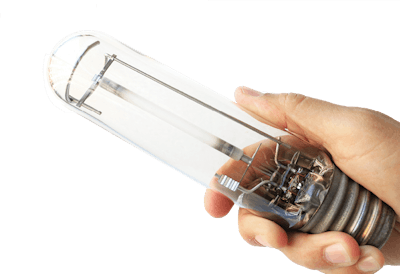
This article originally appeared in the May 2018 print issue of Cannabis Business Times. To subscribe, click here.
A properly designed grow facility is critical to success, and proper light design is a crucial component of that design. Properly designed lighting systems will evenly deliver the right amount of light to your garden.
Many grows utilize a lighting system that was thoughtfully designed and carefully put together to optimize light delivery to the garden. Others appear as if the lights where placed where they could easily be hung, not where they should be placed for maximum canopy coverage. Other grows pull too much power by installing too many lights, or their electrical load is not balanced properly across the electrical circuits within the facility. Grow light maintenance is often performed infrequently, if at all.
Here are some of the basic, and not-so-basic, considerations when planning your lighting systems to avoid common mistakes.
How Much Light Do You Need?
Far too often, conversations about lighting start with the same question: “How many of these lights do I need for an X-sized grow?” This is the wrong question to ask, as it does not address how much PPFD is required. (See below for an explanation of PPFD.) The proper question is, “How many of these lights do I need to achieve X PPFD in a Y-sized grow?”
When it comes to how much light you need, most cannabis growers believe the sweet spot is approximately 1,000 PPFD to 1,200 PPFD for high light-tolerant cannabis plants in full flower—meaning this is likely strain specific—though research into this topic is far from complete. Early discoveries are also finding that some strains need much lower light levels, as little as 500 PPFD to 600 PPFD in some cases, so experimentation is required.
You also need to properly measure the photon output of the grow lights you plan to implement to ensure they are appropriate for your operation. The correct way to measure light output is with a quantum sensor/meter. There are several commercially available quantum meters with different sensitivity ranges, but some cut off at 660 nanometers (nm), thus missing the upper part of the PAR range (400 nm to 700 nm). Make sure the meter you select covers the entire PAR spectrum.
To read the full article in the May 2018 issue of Cannabis Business Times, click here.
Top Image: © wichientep | Adobe Stock










